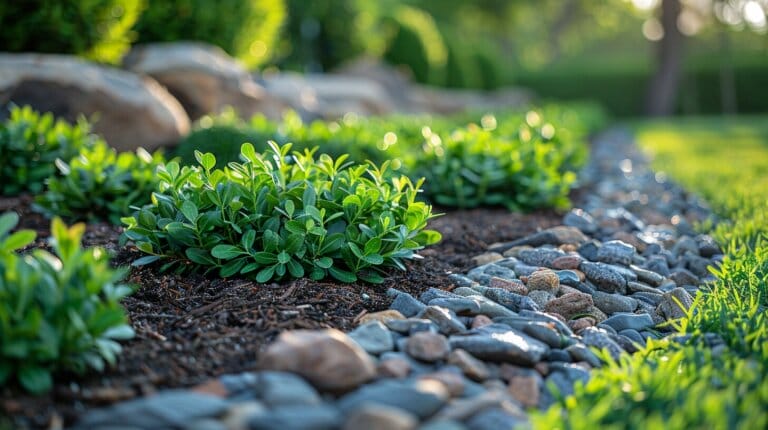Did you know that the lucky bamboo plant can bring good fortune and beauty to your home? Learning how to prune a lucky bamboo plant is key to keeping it healthy and vibrant. Proper pruning not only helps your plant grow tall and strong, but it also prevents problems like dead leaves and leggy growth. Ignoring this essential care step could lead to a less flourishing plant and even a chance of infection!
In this article, you’ll discover the best tools for pruning your lucky bamboo, step-by-step instructions to trim it correctly, and tips to maintain its health. We’ll also explore different techniques to ensure your bamboo stalks thrive, including when to cut and how to avoid common mistakes. Get ready to dive into the exciting world of lucky bamboo care and transform your plant into a stunning centerpiece!
Understanding the Lucky Bamboo Plant
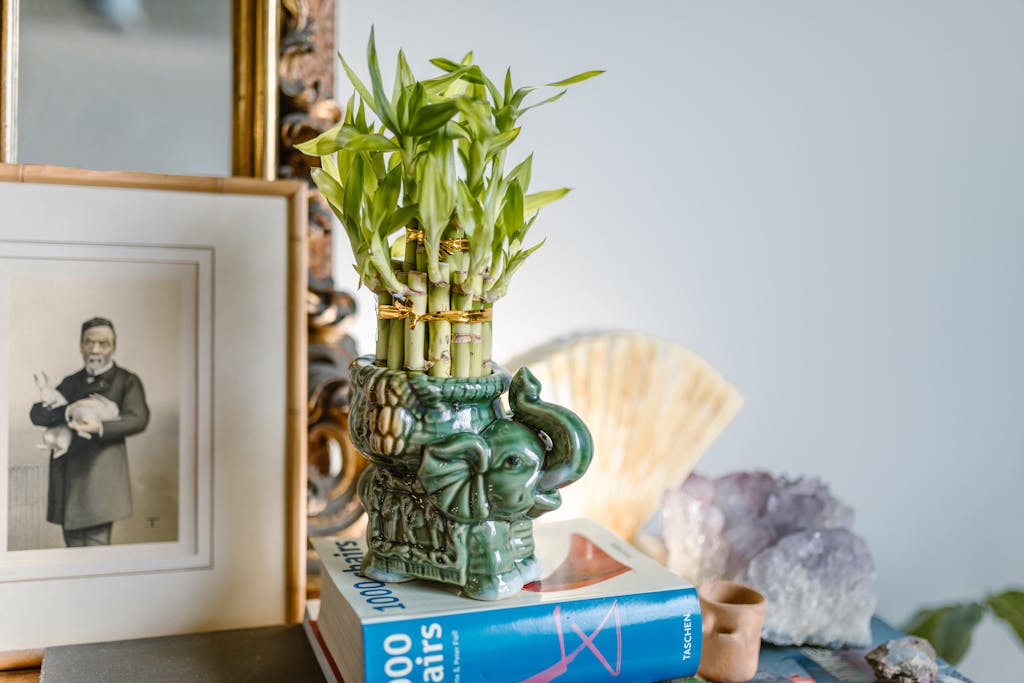
What Makes the Lucky Bamboo Plant Special?
Lucky bamboo, scientifically named Dracaena sanderiana, is not a true bamboo but a member of the Asparagaceae family native to Central Africa. Its distinctive appearance features slender, fleshy green stalks that can be shaped or twisted, accompanied by elegant gray-green leaves. This plant is celebrated not only for its aesthetic appeal but also for the cultural symbolism of good luck and prosperity, especially in Feng Shui traditions. Its easy adaptability to indoor conditions and ability to thrive in indirect sunlight make it a popular houseplant worldwide. (Wikipedia, World Journal of Biology Pharmacy and Health Sciences)
The Benefits of Growing a Lucky Bamboo Plant
Growing lucky bamboo offers multiple benefits. It enhances indoor spaces with its graceful look and can thrive in low-light environments, making it ideal for homes and offices. The plant is reputed to improve air quality by filtering toxins, contributing to a healthier indoor atmosphere. Additionally, its symbolism as a bringer of good fortune adds to its popularity as a meaningful gift. The plant’s minimal maintenance requirements further appeal to both novice and experienced gardeners. (The Spruce, Bloomsy Box)
Common Misconceptions About Lucky Bamboo
Despite its name, lucky bamboo is often mistakenly thought to be a true bamboo species or native to China. In reality, it is unrelated botanically to bamboo and originates from West Africa (Au Bois Vert). Another misconception is that it requires direct sunlight; however, it prefers bright but indirect light, as direct sun exposure can cause leaf burn. Understanding these facts is crucial for providing proper care and ensuring the plant’s health and longevity.
How to Prune a Lucky Bamboo Plant
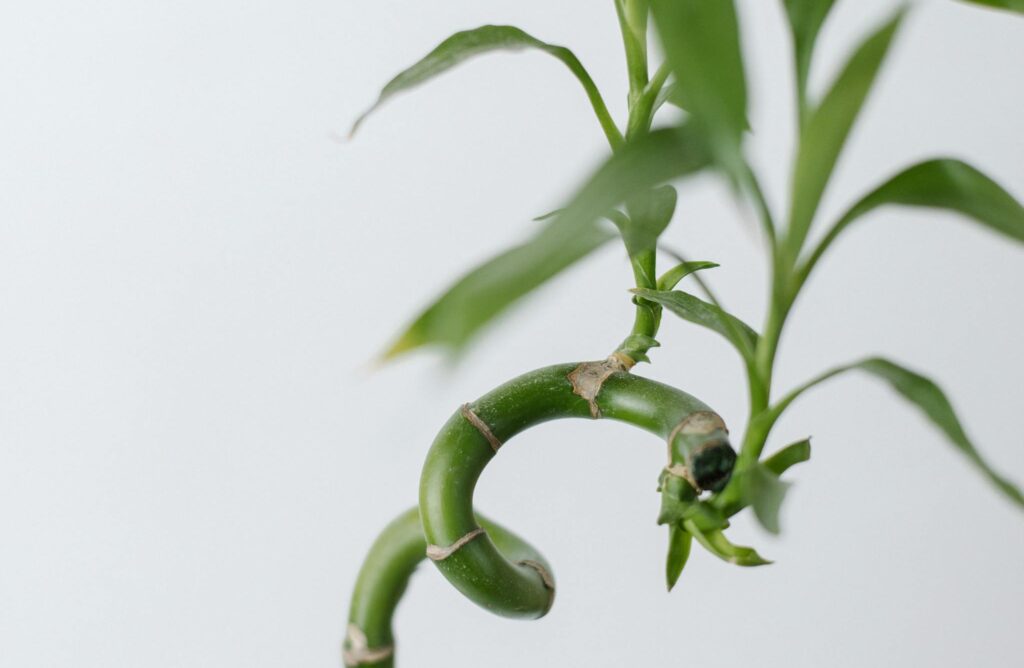
Essential Tools for Pruning Lucky Bamboo
Pruning lucky bamboo requires a few essential tools to ensure clean cuts and prevent damage or disease:
- Sharp Scissors or Pruning Shears: For making precise, clean cuts on stems.
- Rubbing Alcohol or Disinfectant: To sterilize tools before use, minimizing infection risks.
- Watering Can or Container: To provide fresh water after pruning.
- Gloves (Optional): To protect hands from sap and dirt during pruning.
- Measuring Tape (Optional): To help maintain desired plant height and shape.
Proper tool hygiene is critical; always clean your cutting instruments before pruning to avoid spreading pathogens.
Step-by-Step Guide to Prune a Lucky Bamboo Plant
- Inspect the Plant: Check for yellowing leaves, damaged stems, or excessive height that may require trimming.
- Prepare Your Tools: Sterilize scissors or shears with rubbing alcohol to prevent infections.
- Identify Nodes: Locate the nodes—ring-like growth points on the stem—where new shoots can emerge.
- Make the Cut: Trim stems just above a node using clean tools. Avoid removing more than one-third of the plant’s height at once to prevent stress.
- Remove Dead Leaves: Cut off any yellow or dead leaves to promote healthy growth.
- Aftercare: Place the plant in bright, indirect sunlight and refresh its water supply to support recovery and encourage new growth.
Tips on Maintaining a Healthy Lucky Bamboo Plant
- Lighting: Keep the plant in bright but indirect light; avoid direct sunlight to prevent leaf scorch.
- Watering: Use distilled or filtered water; change the water every two weeks if grown hydroponically. Allow soil to dry slightly between watering if potted in soil.
- Humidity: Mist leaves regularly or use a humidifier to maintain adequate humidity.
- Fertilization: Apply diluted liquid fertilizer every 2-3 months during growing seasons.
- Cleanliness: Keep containers clean by rinsing regularly to prevent algae and pathogen buildup.
Techniques to Trim Lucky Bamboo Plants
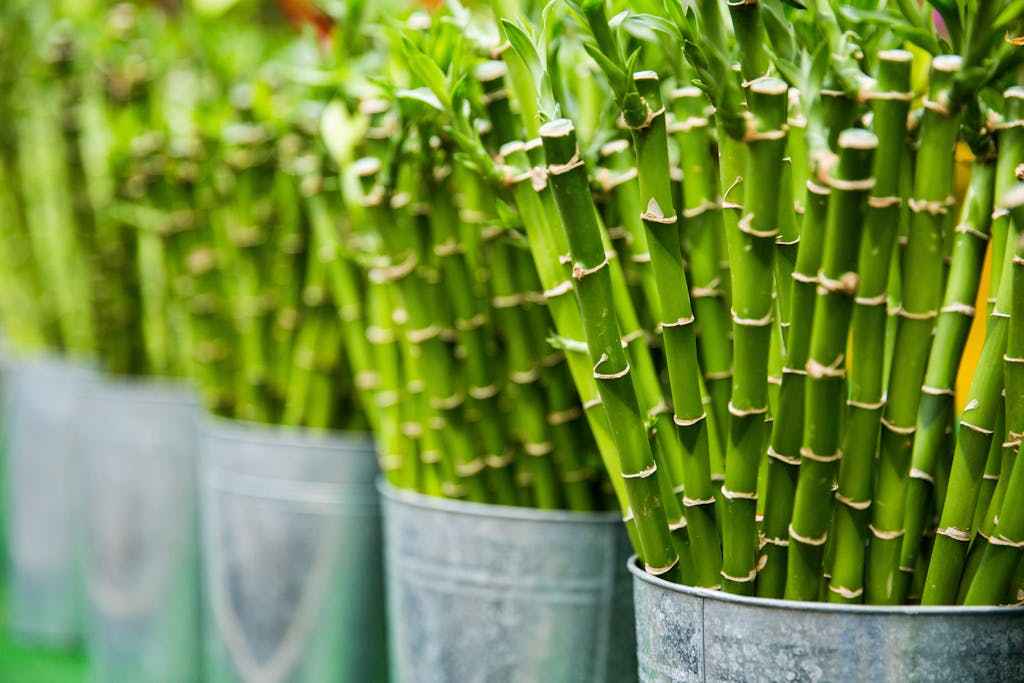
Different Methods to Cut and Trim Lucky Bamboo
- Node Cutting: Always cut just above a node to stimulate new, bushier growth from that point.
- Top Trimming: Remove the top portion of tall stems to control height and encourage lateral branching.
- Thinning: Remove crowded or weak stems to increase air circulation and light penetration.
- Leaf Pruning: Regularly remove yellow or damaged leaves to maintain plant health.
When to Trim Lucky Bamboo Plants for Optimal Growth
The best time to prune lucky bamboo is during its active growing season—typically spring through early summer. Pruning at this time allows the plant to recover quickly and produce vigorous new growth. Regular maintenance trimming every few months helps maintain shape and prevents legginess or overgrowth.
How to Avoid Common Mistakes When Pruning
- Avoid Over-Pruning: Do not remove more than one-third of the plant at once; excessive cutting can shock and weaken the plant.
- Do Not Cut Below Nodes: Cutting below nodes can inhibit regrowth.
- Use Clean Tools: Dirty tools can introduce diseases; always sterilize before use.
- Prune in Appropriate Lighting: Avoid pruning in direct sunlight or extreme heat to reduce stress on the plant.
The Evolution and Trends of Pruning Practices

Historical Perspectives on Pruning Practices
Pruning has been practiced for millennia as both an art and horticultural necessity, evolving from simple shaping techniques to sophisticated methods aimed at improving plant health and aesthetics. In Asian cultures, practices like bonsai demonstrate meticulous pruning traditions emphasizing harmony and form, influencing approaches used with plants like lucky bamboo.
Current Research on Pruning Lucky Bamboo
Recent horticultural studies emphasize pruning’s role in enhancing lucky bamboo’s vigor by encouraging dense foliage and preventing structural instability caused by excessive growth. Research also highlights optimal light, humidity, and sterile cutting conditions that improve recovery after pruning.
Future Trends in Lucky Bamboo Care
Future care trends focus on sustainability and technology integration. Organic fertilizers, eco-friendly pest controls, and water conservation practices are increasingly adopted. Smart gardening tools and mobile applications help monitor moisture levels, light exposure, and pruning schedules, enabling precise care tailored to individual plants.
Expert Advice and Success Stories
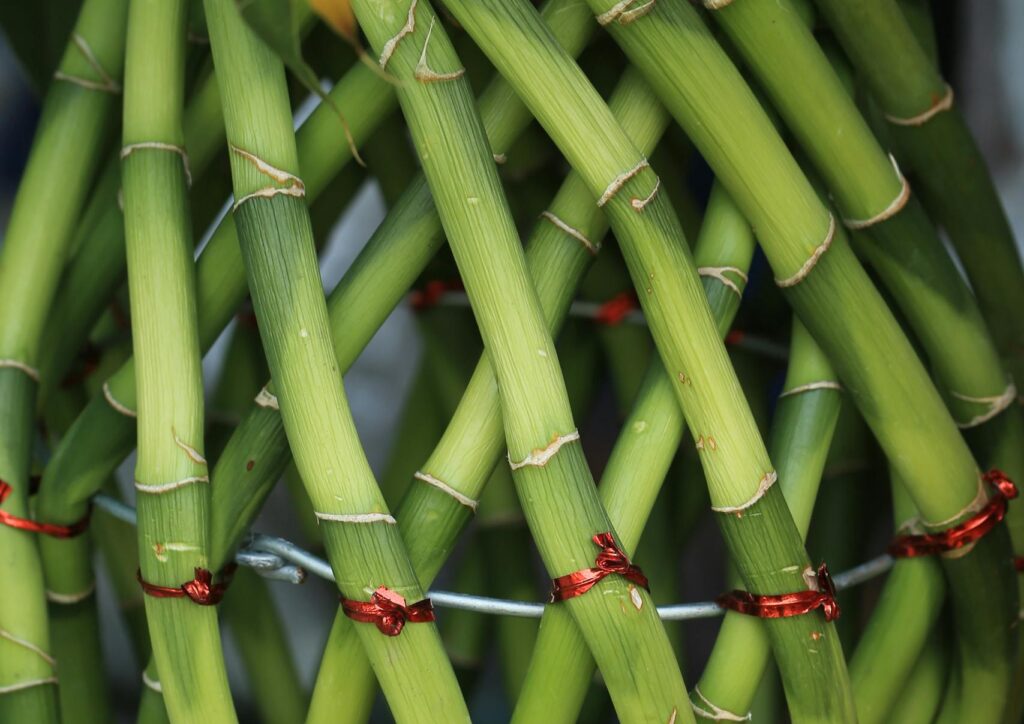
Expert Recommendations on Pruning Techniques
Experts advise using sharp, sterile tools for clean cuts above nodes during active growth periods. Regular pruning every few months helps maintain shape, encourages healthy branching, and prevents leggy stems. Maintaining proper humidity and indirect lighting complements pruning efforts for optimal plant health.
Case Studies: Successful Pruning Methods
- An indoor gardener reported fuller growth after adopting node-based pruning combined with moving the plant away from direct sunlight.
- An outdoor grower improved plant health by pruning leggy stems and relocating the bamboo to shaded areas.
- Propagation success stories highlight cutting healthy stalks above nodes and rooting them in clean water as an effective multiplication method.
These cases underscore that attentive pruning aligned with environmental conditions yields thriving lucky bamboo plants.
Conclusion
Pruning a lucky bamboo plant is essential for sustaining its health, shape, and vitality. By using sharp, sterilized tools to trim just above growth nodes during active seasons—and complementing pruning with proper lighting, watering, and humidity—anyone can maintain a beautiful, resilient lucky bamboo plant. Understanding its unique biology and dispelling common misconceptions ensures effective care that maximizes this plant’s decorative appeal and symbolic significance.
FAQs
1. How often should I prune my lucky bamboo?
Prune every few months or as needed during the growing season to maintain shape and encourage healthy growth.
2. Can I propagate lucky bamboo from cuttings?
Yes. Cut healthy stalks just above a node and place them in clean water until roots develop.
3. What type of water is best for lucky bamboo?
Use distilled or filtered water to avoid chemicals found in tap water that may harm the plant.
4. Does lucky bamboo need direct sunlight?
No. It thrives best in bright, indirect sunlight; direct sun may burn its leaves.
5. What should I do if my lucky bamboo leaves turn yellow?
Yellowing often indicates overwatering or poor water quality. Adjust watering frequency and use clean water.


